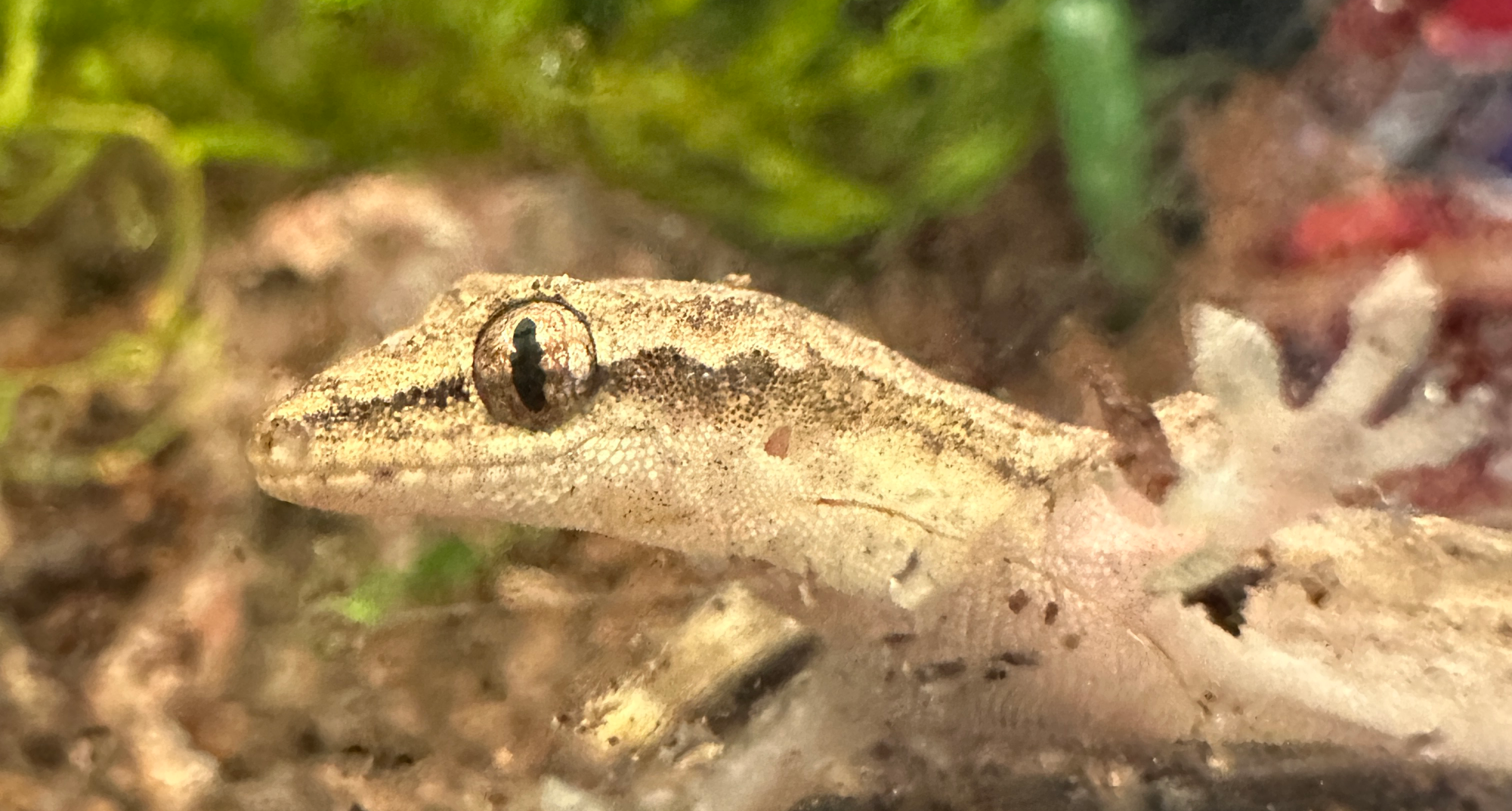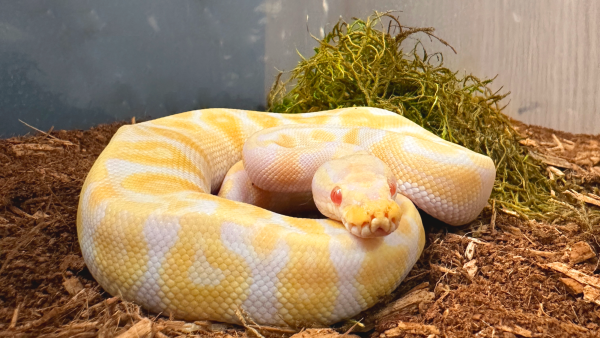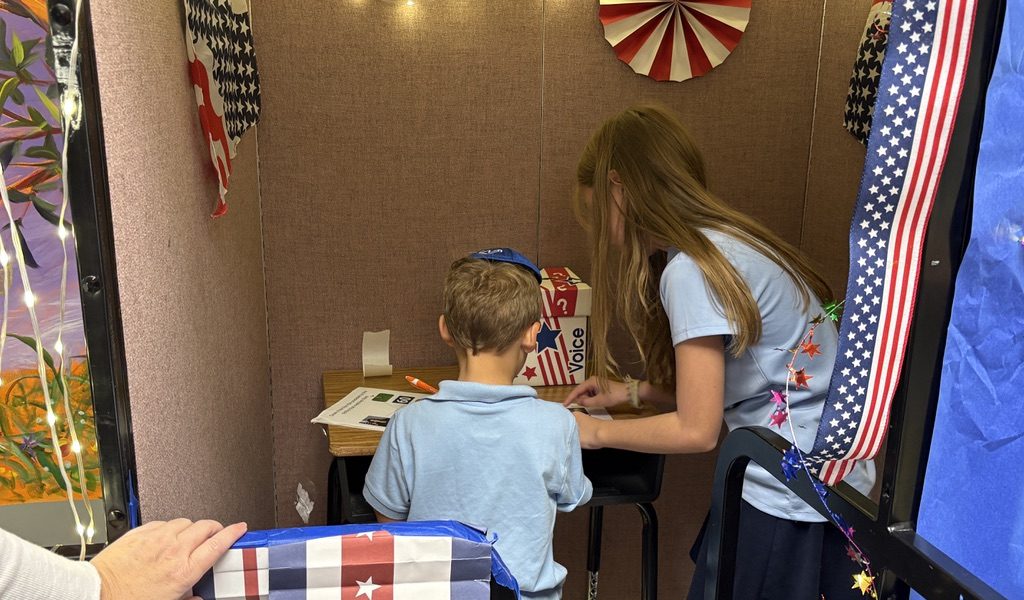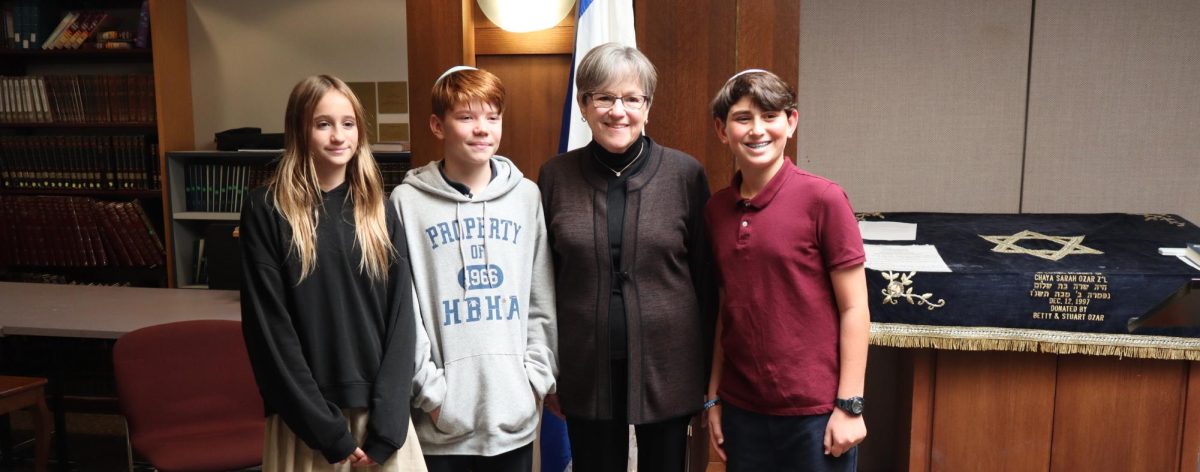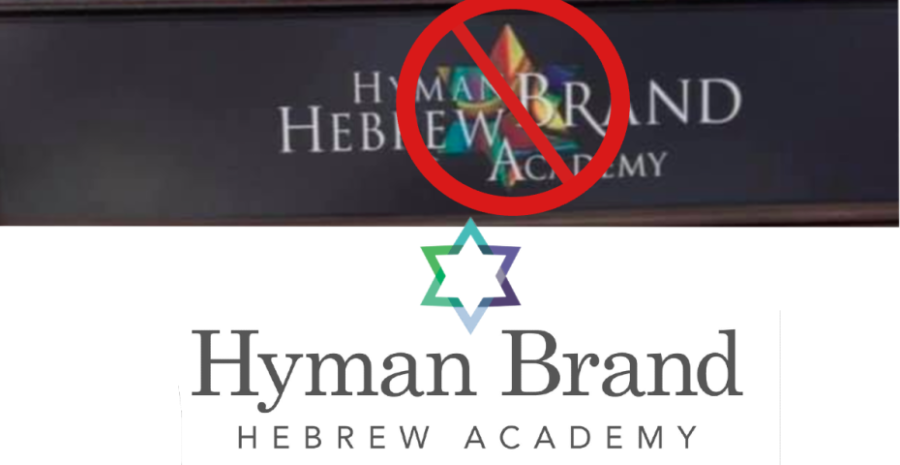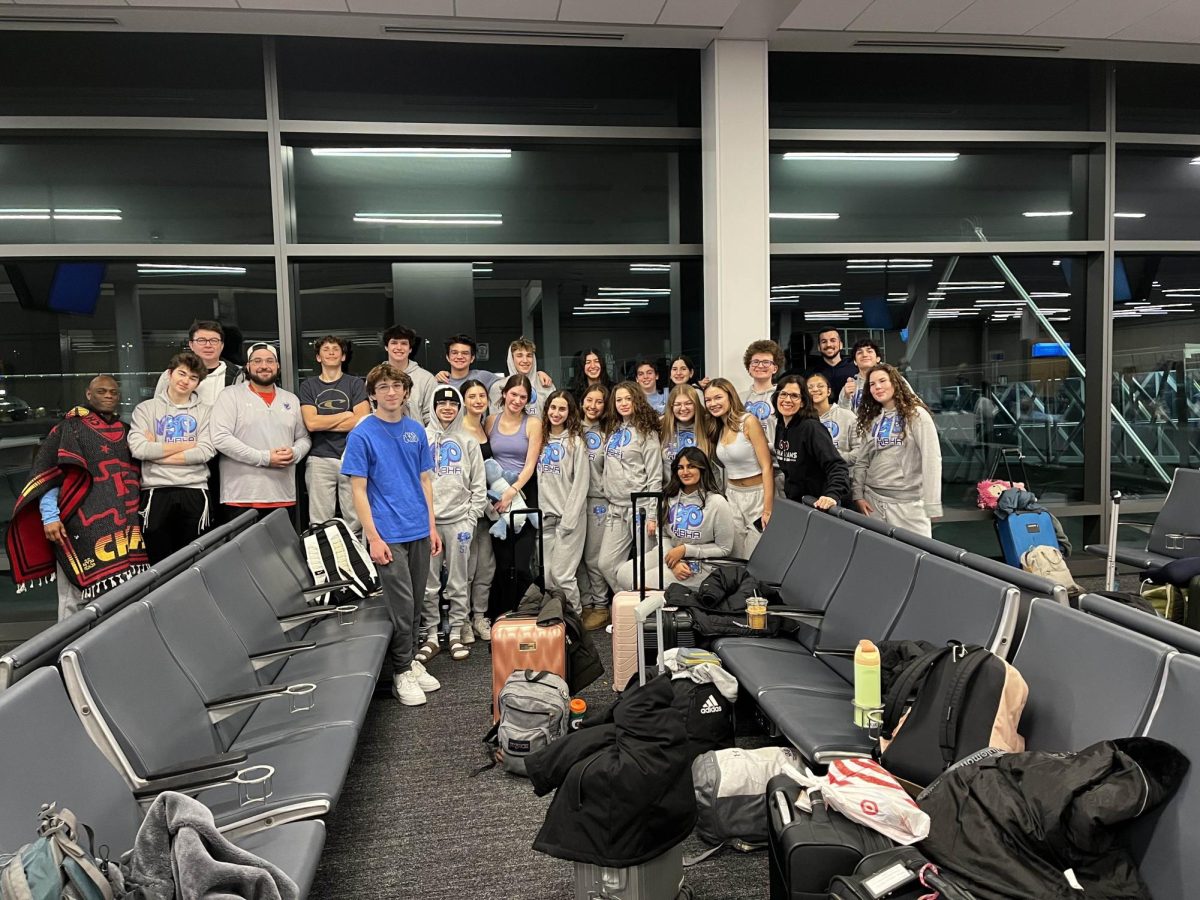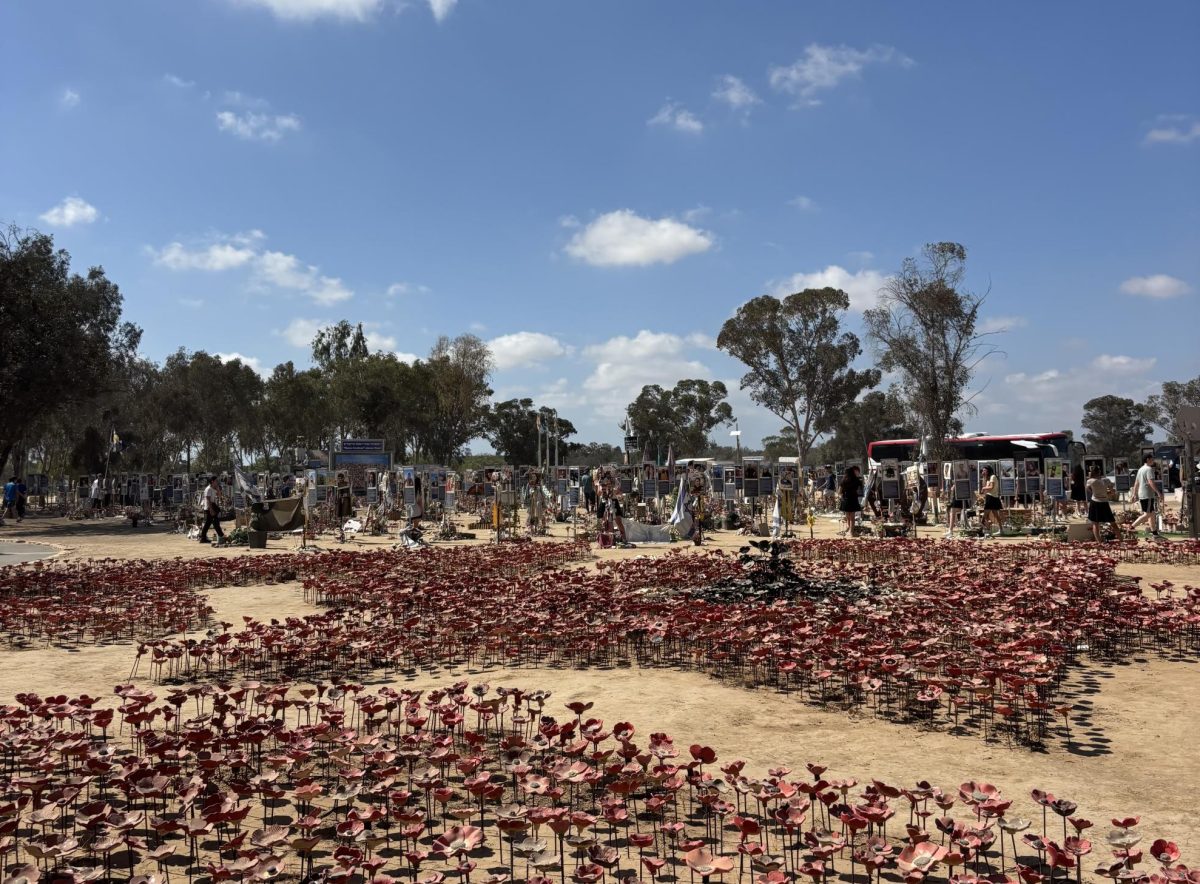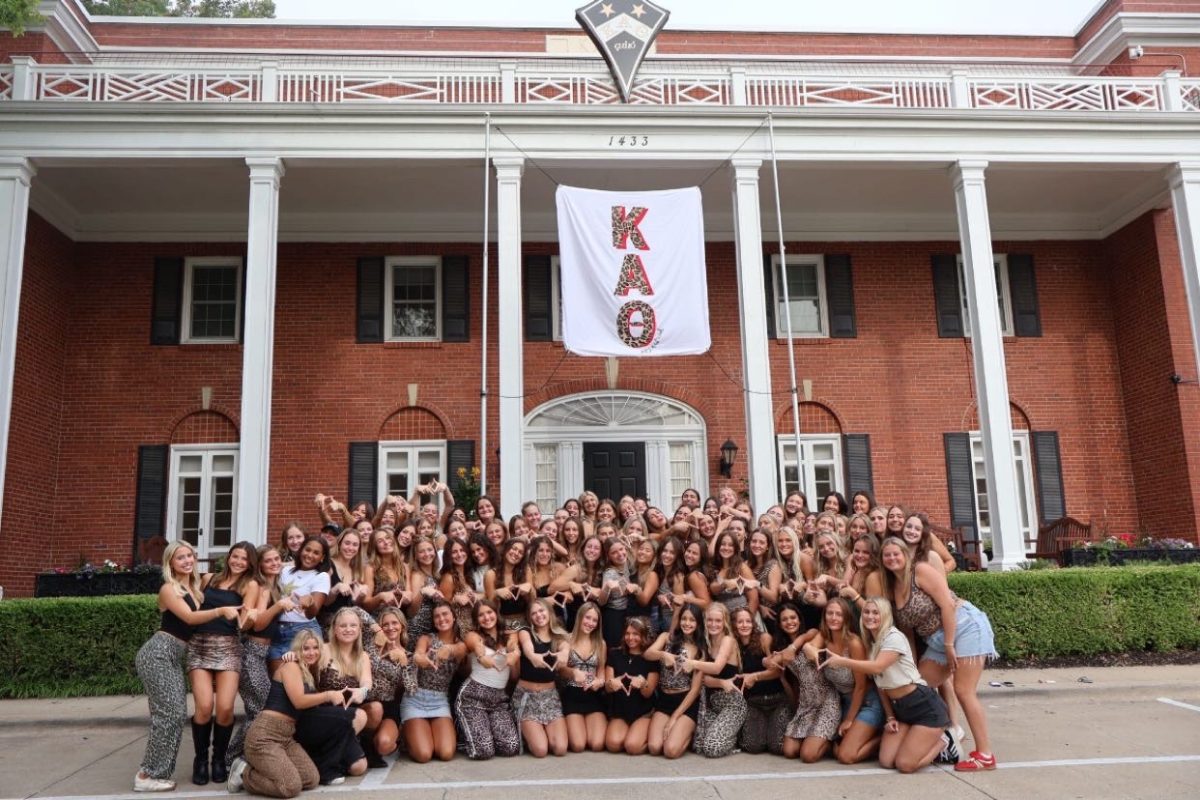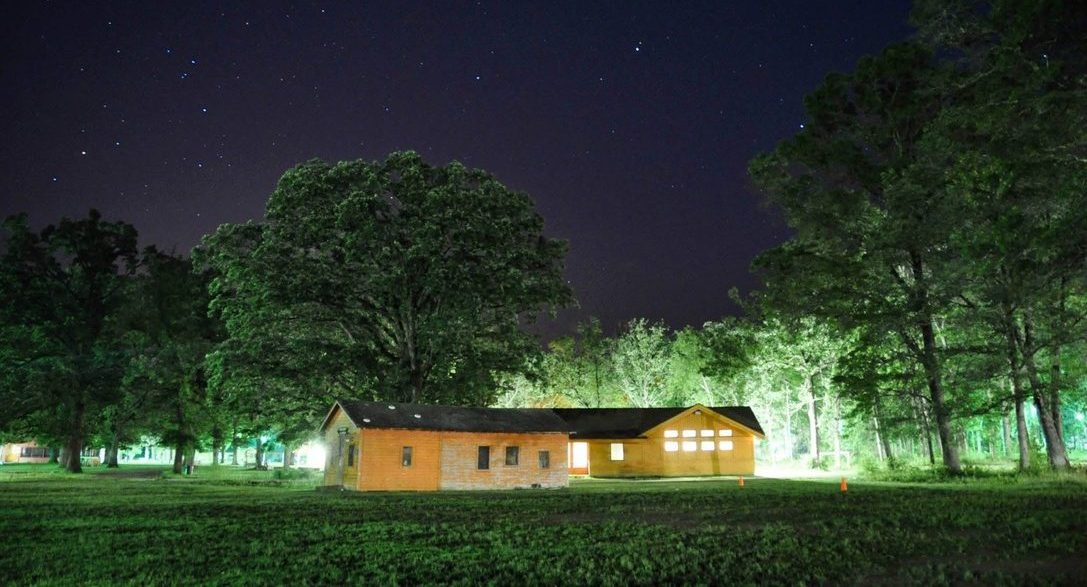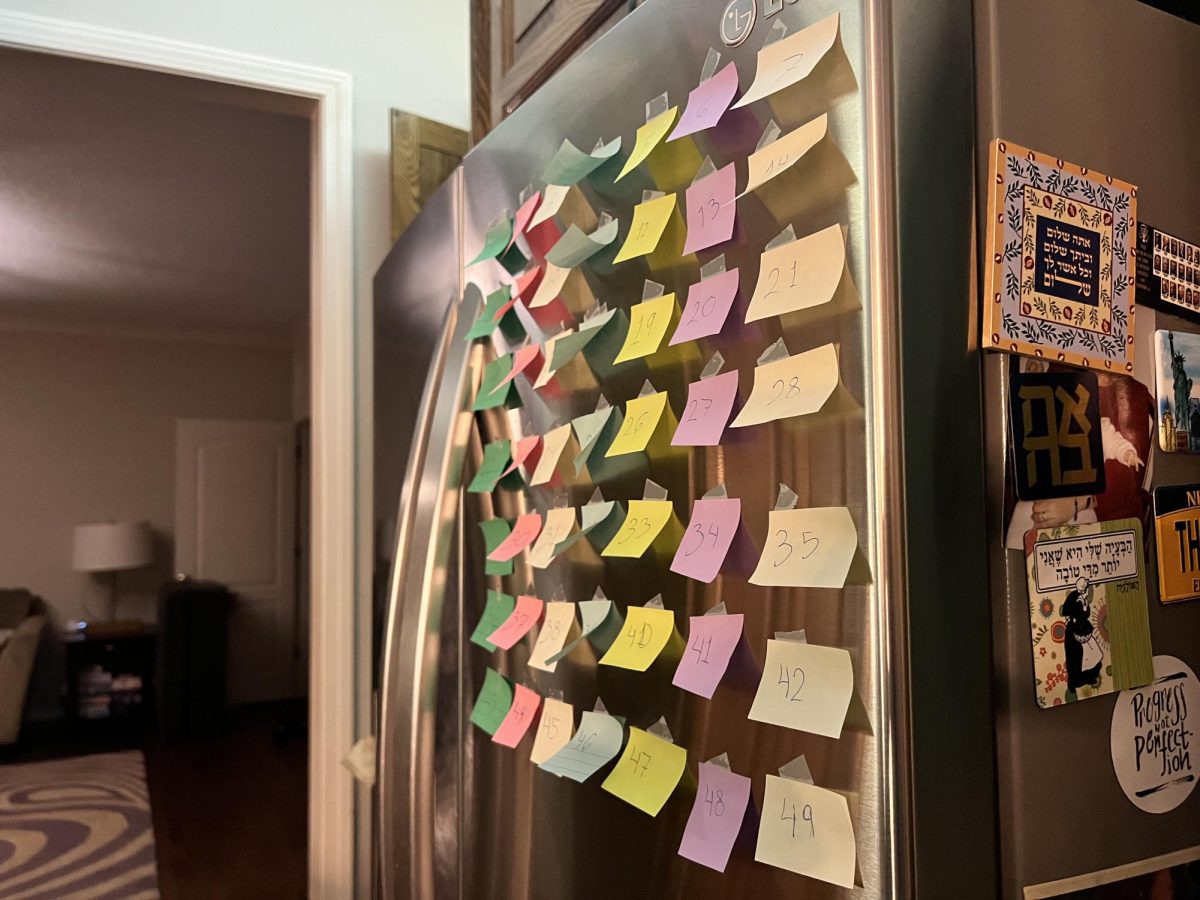The HBHA science lab has always been home to animals. In recent years, under the leadership of juniors Alex Rubin and Noah Bergh, the “HBHA Zoo” has grown exponentially. Now arachnids, fish, and reptiles all call the lab home. These animals add personality and perhaps even a fear factor to our HBHA science lab.
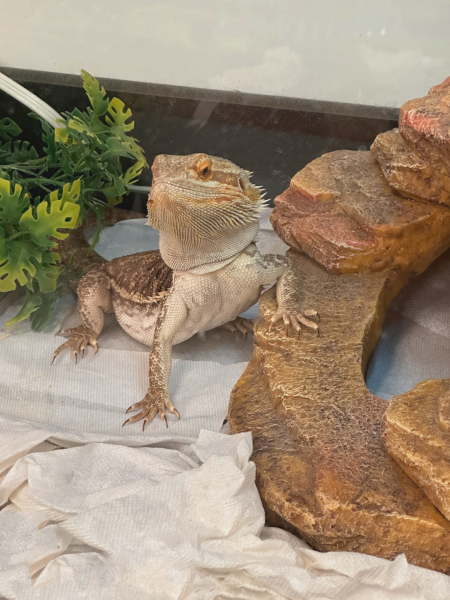
The oldest resident of the HBHA science lab is the grumpy green tree python. Even with all of their seniority, ,the snake has never been gendered or officially named. This is mostly due to the snake’s reclusive temperament. Green tree pythons are native to New Guinea, eastern Indonesia, and the northeast Cape York Peninsula of Australia. Green tree pythons are known for their stealth; some even question if our snake is even alive.
The next addition to the science lab was the leopard gecko. In 2022, the gecko was welcomed to the HBHA science lab. Upon his arrival he was named Ochai, after the Kansas University basketball star. Ocahi spends most of his day inside a log. However, whenever Ochai’s enclosure is opened, he begins to enthusiastically waddle about. Perhaps his athletic waddle is reminiscent of his namesake’s stride.
After Ochai, the pair of tarantulas were welcomed to the lab; these are by far the most feared animals that call HBHA home. These spiders are both very young and only a fraction of the size they will one day grow to, yet they still give many students goose bumps. Both spiders spend most of their time buried in the burrows they dug. Because tarantulas have exoskeletons they need to molt as they grow. Sometimes our spiders will spend over a month fully buried while they molt their exoskeleton.
Last year, science teacher Dr. Re’em brought his bearded dragon, Bob, to the science lab. Bob spends most of his time basking under his heat lamp. Bob is the diva of the science lab. He adores being the center of attention. When given the opportunity, Bob enjoys roaming the lab. He will flail about on the slippery table, making sure to say “hi” to everyone. Bob is possibly the most friendly animal in the lab. He has become a school favorite practically overnight.
During the first week back from winter break, 2204, juniors Alex Rubin and Noah Bergh ran a class called Cages for Critters where they taught a group of middle and high schoolers how to build and design enclosures for the animals. This Winterim concluded with the addition of clownfish, a ball python, and mourning geckos to the science lab.
First, Bergh led a group to test the water chemistry of the saltwater fish tank to make sure it was ready for fish. The group then acclimated a pair of clownfish to the tank. Clownfish are native to the Indo-Pacific and are commonly found in the Great Barrier Reef. The fish are full of personality. The clownfish are very curious. It often feels like the clownfish spend more time watching the students than the students do watching them.
During the same week Rubin was overseeing a group of students as they engineered an enclosure for a ball Python. At the end of the week, Rubin introduced the albino ball Python to its new home at HBHA. There has been much conversation about the name of this snake. It seems everybody has already decided what they want to name it and there is very little willingness to compromise. Look to the poll to voice your opinion.
Lastly, a pair of mourning geckos were added to the science lab. They spend most of their time hidden under the canopy of plants in their enclosure. They are found across South America, Indo Pacific Islands, and Australia. They are, by far, the smallest animals in of the science lab. They are barely 2 inches long and already fully grown. You will often find them scurrying around the sides of their enclosure licking water droplets off the glass walls.
From the grumpy green tree python to the enthusiastic leopard gecko, feared tarantulas, attentive clownfish, a ball python, and mourning geckos, the science lab has become a vibrant ecosystem rich with personality.

